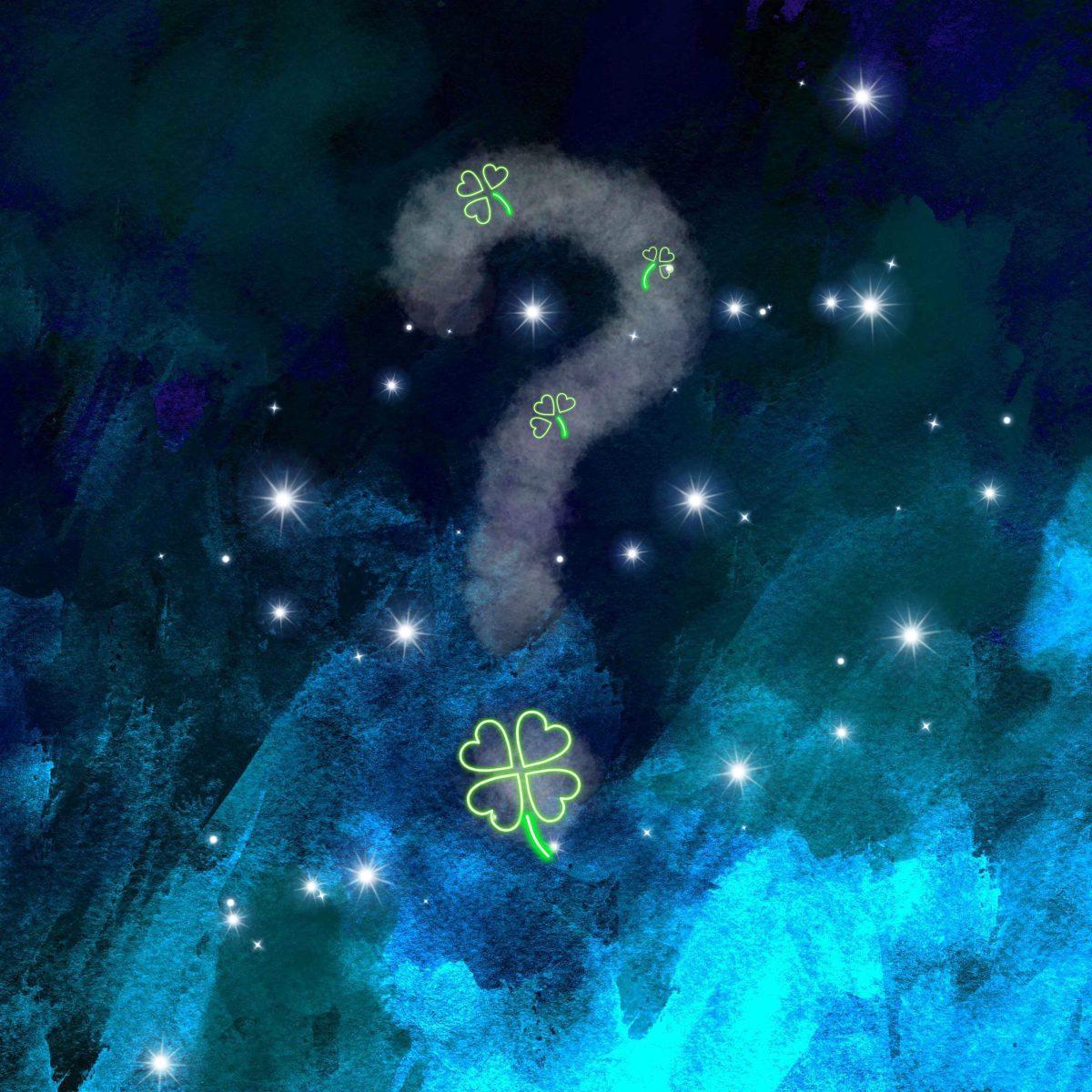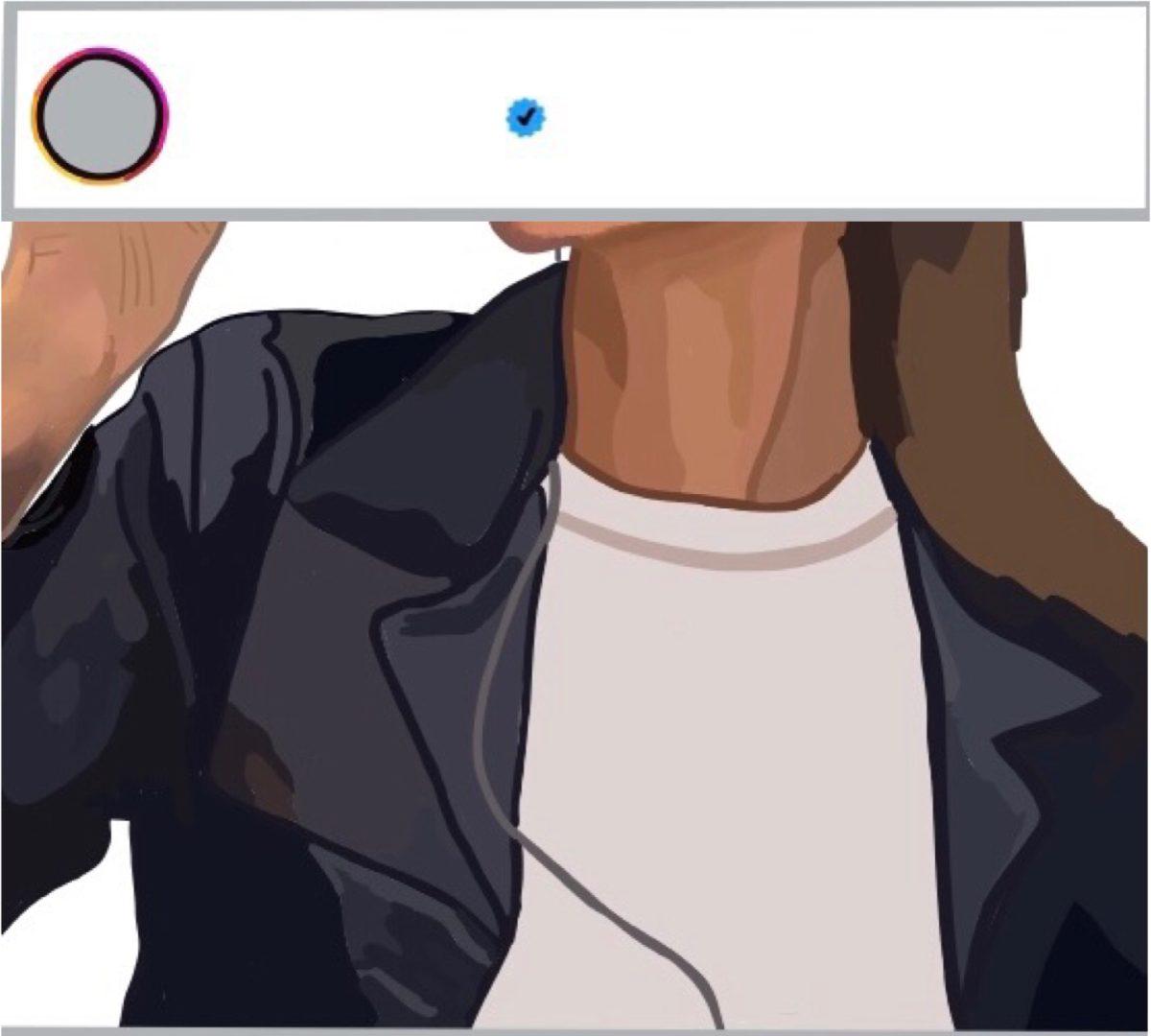Congratulations! Your personality type is…exactly what you filled out for ninety questions. With the rise of personality questionnaires like the Myers-Briggs sixteen personalities test or the Enneagram test, many people find themselves mentioning different acronyms or numbers as introductions when meeting new people. While these tests may seem to help us navigate our lives by defining how we act and think, personality questionnaires are not as revolutionary as they seem.
According to Scientific American, personality tests can be categorized as a pseudo-scientific process, where the questionnaires may just draw arbitrary inferences about the test taker through abstract questions. University of Pennsylvania psychologist Adam Grant describes in a Vox interview how there is no evidence that these tests indicate interpersonal, professional, or other situational behavior. These rough categories were in fact made up by psychiatrist Carl Jung during a time when psychology was not an empirical science, and its fallacies are further evidenced by fifty percent of test takers receiving a different result just five weeks later. These tests, best articulated by Merve Emre in The New Yorker, are one of the “silliest, shallowest products of late capitalism,” as personality quizzes are in fact required by many employers in America. These tests seem to be ways for people to announce their individuality and stand out, whether that be socially or professionally, rather than tools for communication.
People start embodying the characteristics that personality tests claim to reveal, in what appears to be just another form of confirmation bias. It’s not surprising that when people actively seek to identify themselves with the traits described in the personality tests, they find that the vague adjectives align “perfectly” with who they are: a phenomenon known as the Barnum Effect. In reality, the process of filling out the questionnaire is an opportunity for people to reflect on who they truly are, as opposed to the simple diagnoses from the final results. These personality tests alter how people interpret themselves by defining distinct types of individuals, forming isolating boxes of identity which are self-proclaimed and may not even be true. Personality tests ultimately misrepresent people’s perceptions of themselves.
Similarly, the trend of “Lucky Girl Syndrome” on TikTok indirectly offers a skewed perception of self. “Lucky Girl Syndrome” can best be described in videos on TikTok as people announcing affirmations. These affirmations can be made either through announcing positive statements, or using the law of assumption where affirmations are said as if the claims have already happened; for instance, by repeating the phrase—I can’t believe I got the job— prior to a job interview. Yet, Lucky Girl Syndrome is a little more extreme with claims like “I am the luckiest person in the world,” or “whatever I want will happen.”
However, this “Lucky Girl” mindset also encourages people to do whatever they want and make carefree decisions with the blind faith that “everything will work out.” Some do not understand that manifestation does not let us create our own reality, but rather it provides a new lens through which people see the world. Unfortunately, when their skewed version of manifestation fails, their self-confidence may be shattered.
The ways in which we view the world, whether that be through defining our personality via personality labels or defining our reality through manifestation, are skewed through these various definitions of self. As these trends and phenomena increase in popularity, it is crucial to not fall into what society dictates, and instead take a step back and just be ourselves: without any labels or affirmations.














































































